LGBTQ
-
🏳️🌈 Up High!
Did you know that the high five was invented by a gay man? As the story goes, on October 2, 1977, L.A. Dodger Glenn Burke, the first MLB player to come out, was on deck and Dusty Baker was about to cross the plate and score his 30th home run.…
-
🏳️🌈 Gayskool: Friends of Judy
Jinkx Monsoon, Seattle’s premier Jewish narcoleptic drag queen, lit up the gay internet last month with her uproarious — yet somehow reverent — impersonation of Judy Garland. I insist you watch it right now: Every gay man I know is still talking about it. The Complimentary Spouse and I text…
-

🏳️🌈 It’s the Most Wonderful Time of the Queer
It’s June, which can only mean one thing1 — it’s Pride month! And that calls for another 30 days of Gayskool, my LGBTQ history project here at the Daily Dave. You can brush up on old Gayskool posts here. Come back tomorrow for my first post, which may or may…
-
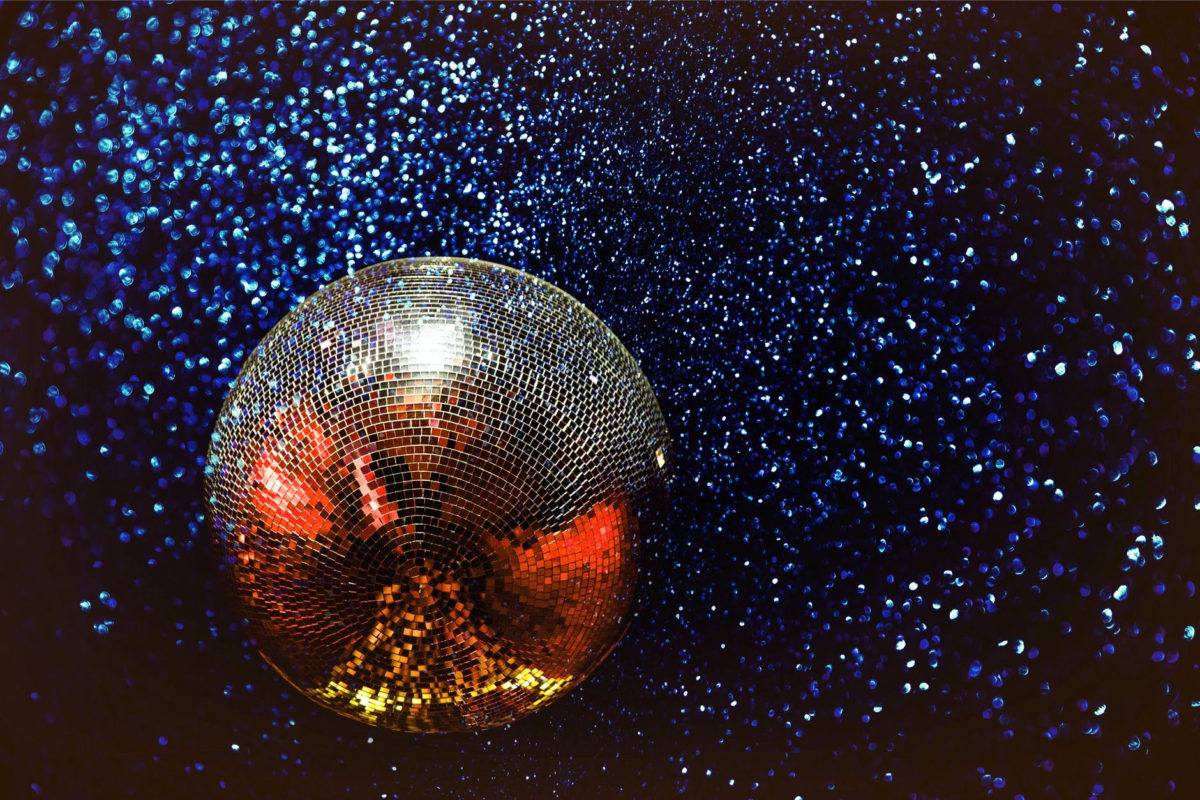
Go Go, JoJo!
I can count on one hand the number of times I’ve seen “Dancing With the Stars” in the past, but I’ll sure as hell be watching tonight to cheer on JoJo Siwa, the first contestant to have a same-sex dancing partner. I can’t say I know a lot about JoJo.…
-

The LGBTQ Revolution Will Not Be Minimized
There are two ways homophobes1 attack LGBTQ people: brutality and minimization. Brutality is the most obvious form of attack. It can be overt or implicit, violent or passive, emotional or dispassionate. When two men are beaten for holding hands in public, that’s brutality. When state legislatures ban trans girls from…
-
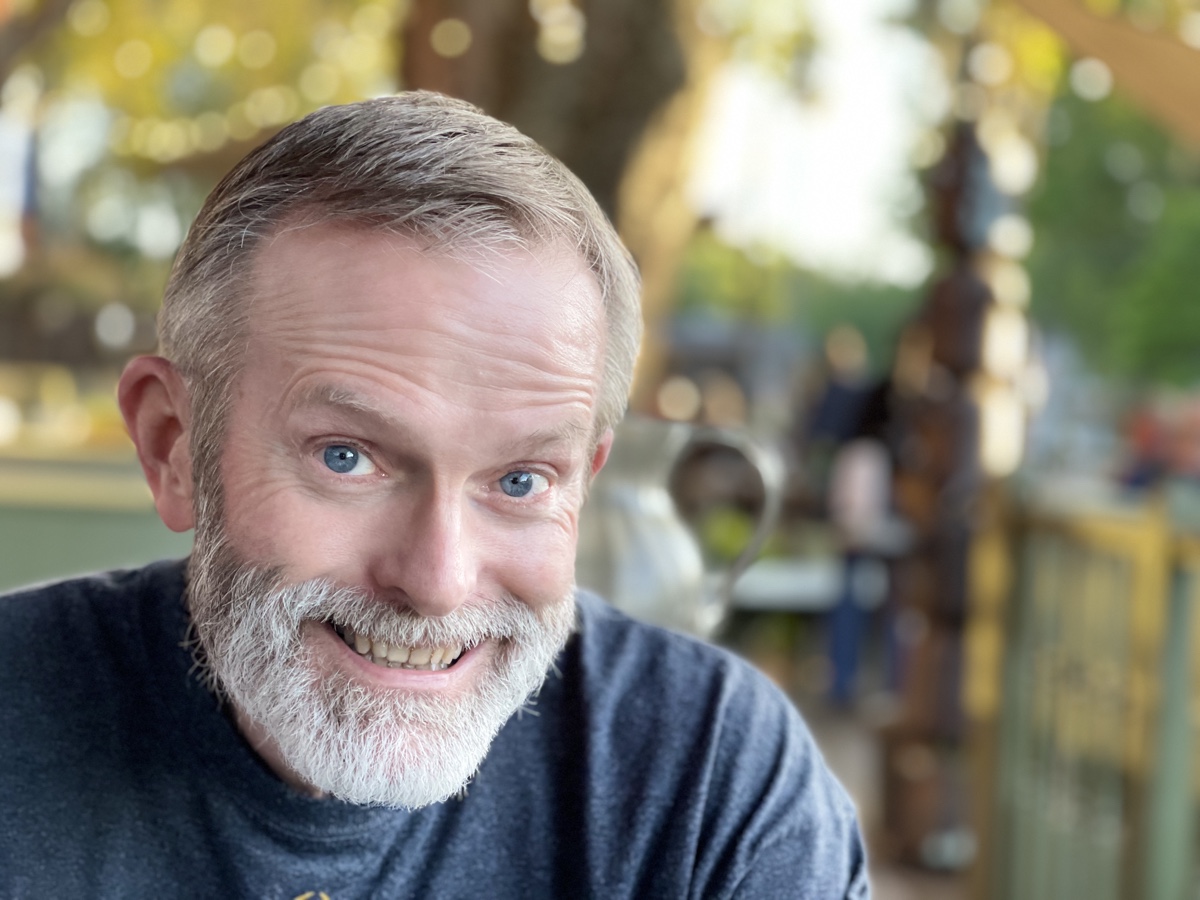
Mind Your I’s and E’s
I just realized I have accidentally called Britt the Complementary Spouse in a few recent posts. This is an error. He is the Complimentary Spouse. “But, Dave,” I can hear you say.1 “That’s incorrect grammar. Don’t you have an English degree from a Top 25 university? Who are you, Ralph…
-
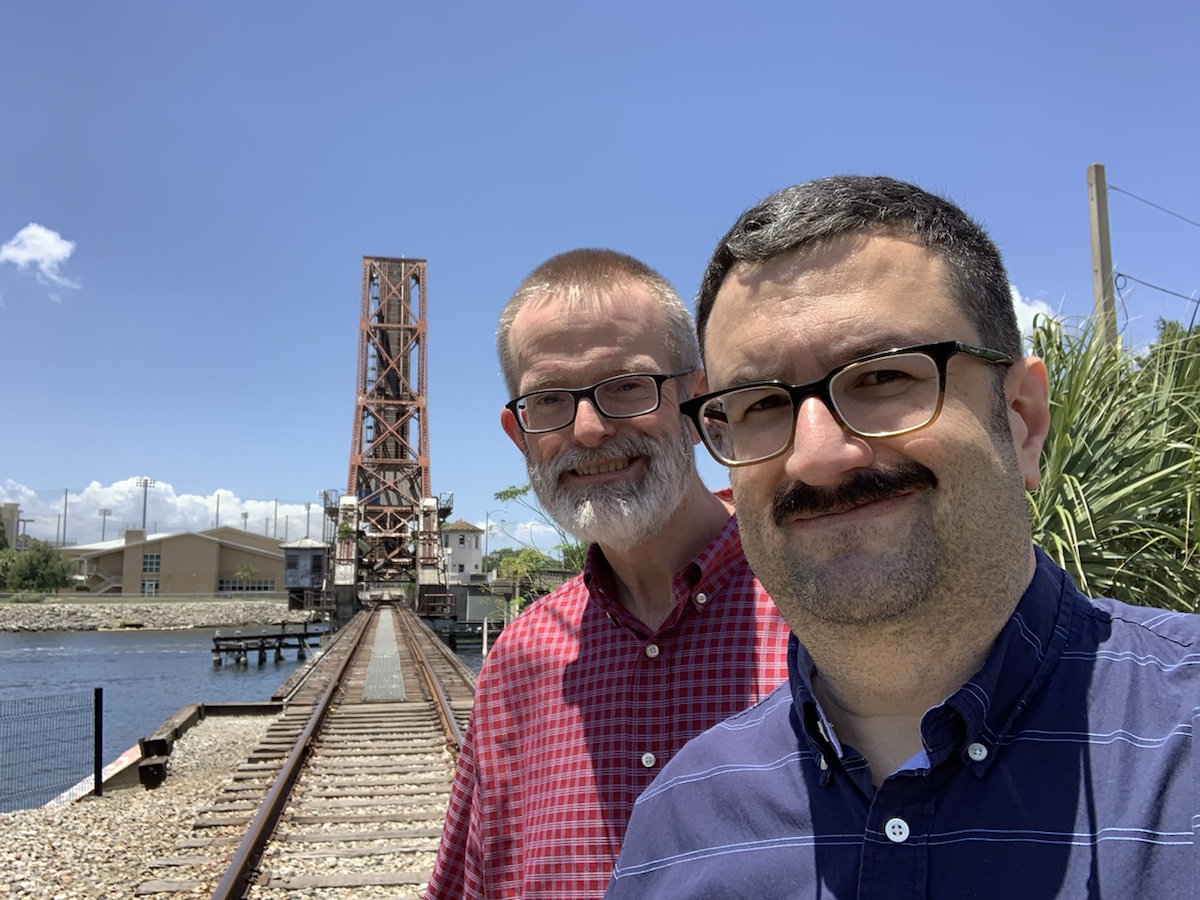
Anniversary × 2
When the Complimentary Spouse and I met on October 29, 2002, it was unimaginable that we’d be married one day. So it just seemed natural that we’d celebrate our anniversary on October 29 each year. Fast forward to 2008. All of a sudden, marriage equality is a reality. Britt and…
-
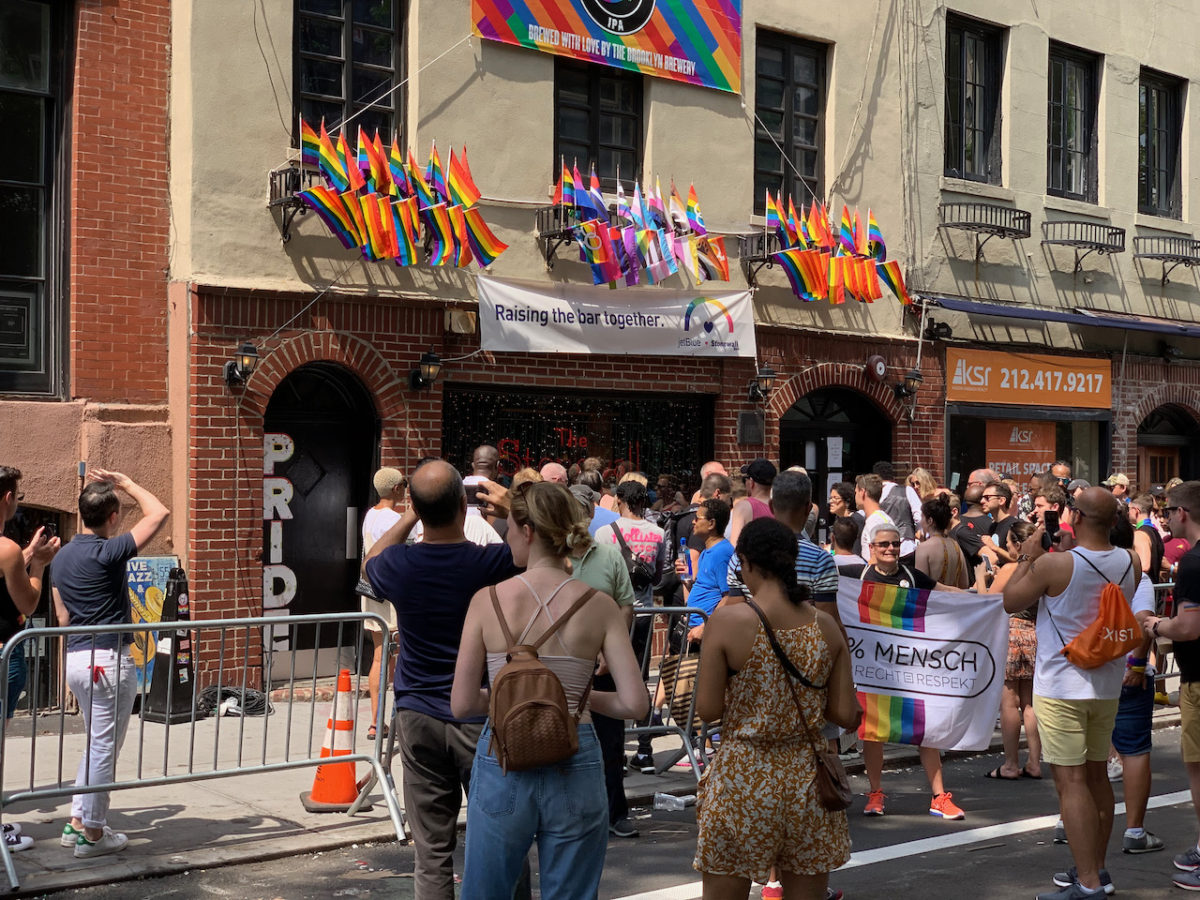
Should We Bar Bond From the Bar?
Actor Daniel Craig, who is straight, says he prefers gay bars to straight ones, and I have conflicting thoughts. On the one hand, what’s the harm in letting allies into gay spaces? It benefits the LGBTQ community when other people see us living our lives authentically. We are no longer…
-
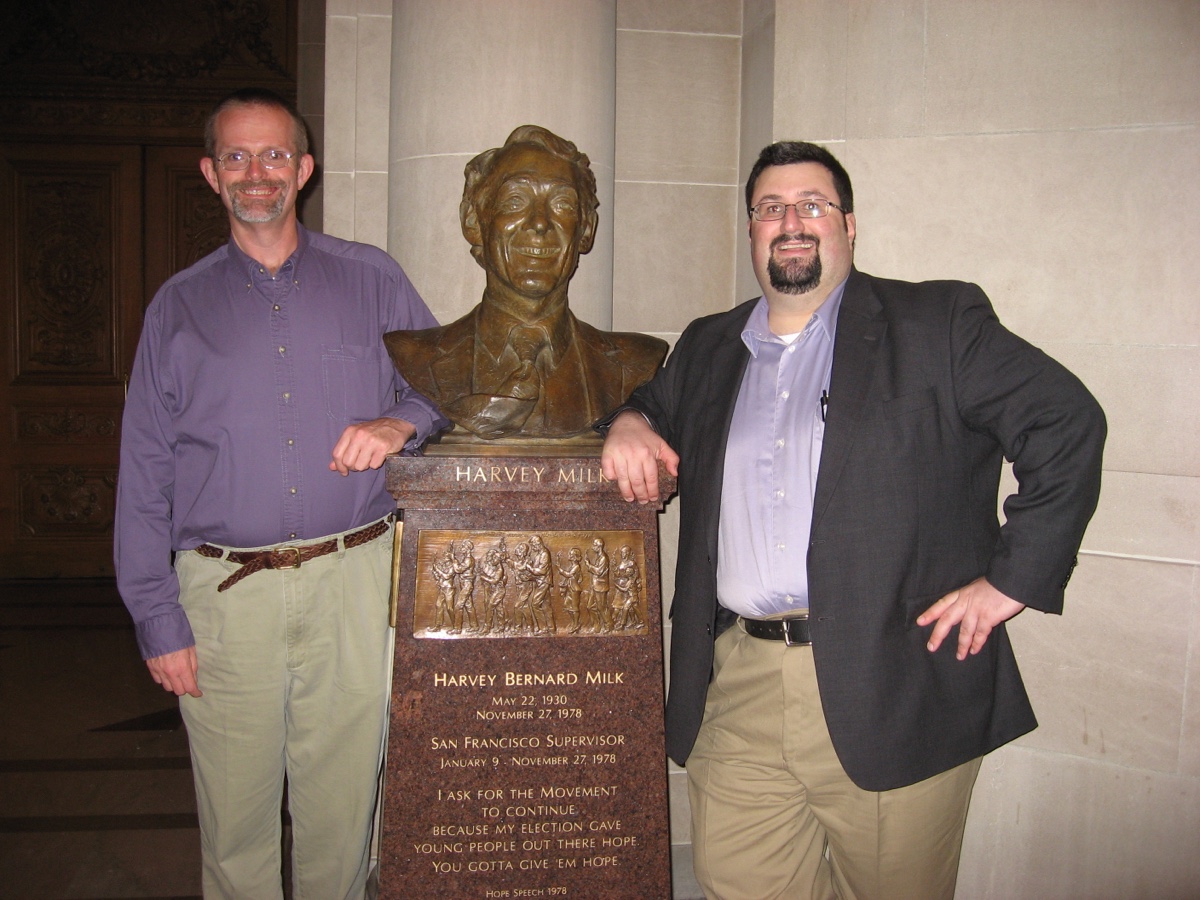
How We Tied the Knot
The Complimentary Spouse and I tend to crow about our anniversary every year, and there’s a good reason why we’re so excited about it. When we met in 2002, marriage for a same-sex couple was unimaginable. How we got from there to here is an amazing story, one that’s inextricably…
-
🏳️🌈 History’s Biggest Celebration of Pride — 50 Years After Stonewall
The biggest LGBTQ event in history1 was exactly two years ago today — and the Complimentary Spouse and I were there! More than five million people participated in WorldPride. It was legendary. The parade had hundreds of floats, thousands of marchers, and at least three million gallons of glitter. Here’s…